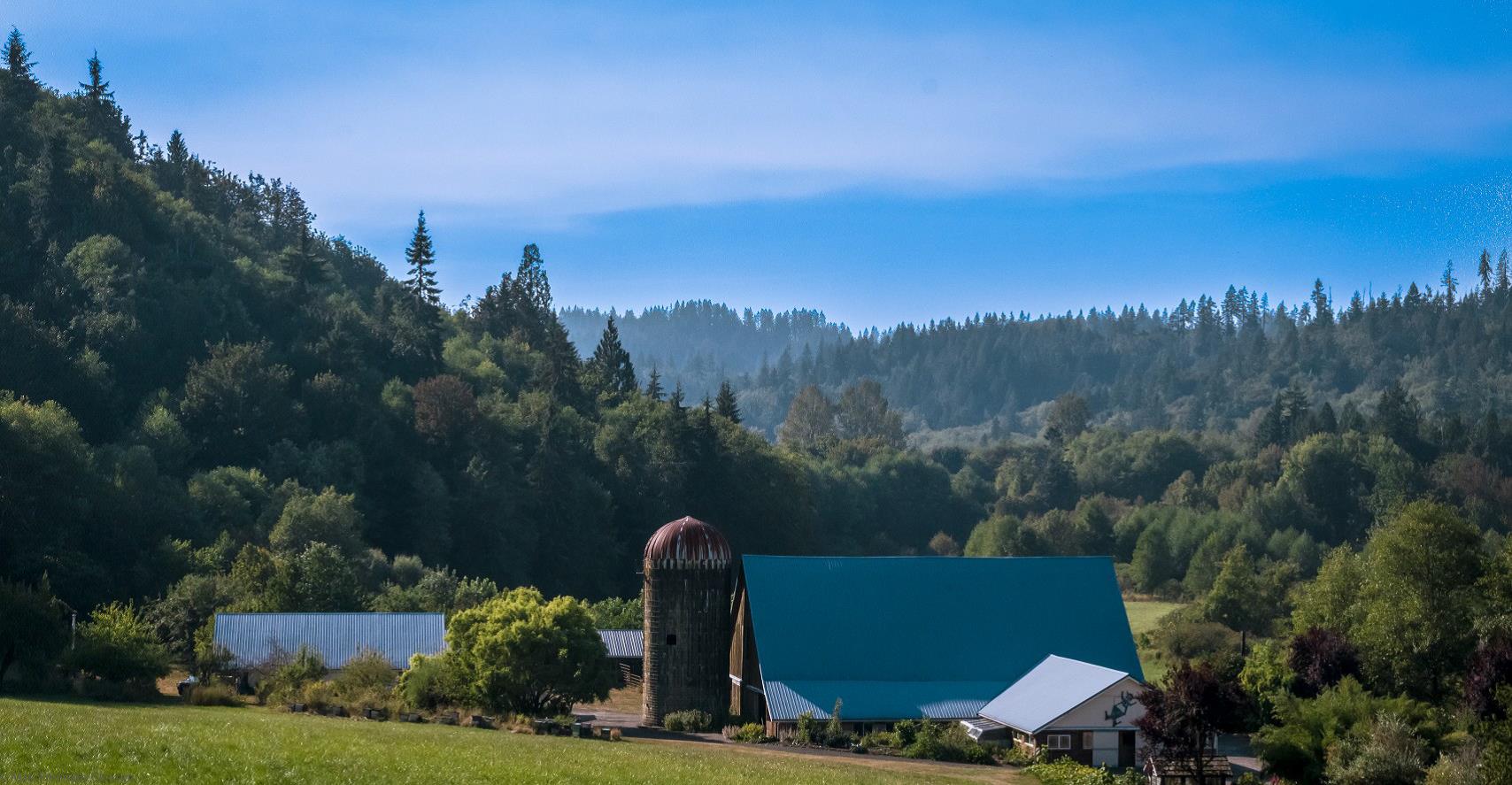What is Wild Forest Management?
How can the terms “Wild” and “Managed” co-exist in an ecosystem?
Isn’t the concept of “Wild” about leaving things un-managed?
The short answer is yes… and no – a true paradox.
While the act of management is the opposite of wild, precise and timely management can result in a more robust and wild ecosystem than if no management had taken place.
The prevailing notion of our overwhelmingly urban-based population is that humans have been too hard on the environment and
we need to back off and let nature heal. Attempts to “fix” or “improve” nature tend to be viewed as heavy-handed and short-sighted tinkering with an infinitely complex and intelligent “ideal” natural state. Even though every plant, animal and microbe is busy 24/7 altering the environment to suit their kind, somehow humans are viewed as uniquely unqualified to participate in this timeless ritual. In this context, management is viewed, at best, as a necessary evil to secure our minimum natural resource requirements.
Even if we allow the questionable moral distinction of humanity’s net negative influence on the environment, it does not follow that leaving a human-altered environment alone to “go back to nature” will likely result in an “ideal” wild state, however arbitrarily that is defined.
Following human impact, any naturally regenerating ecosystem will be re-oriented by its recent disturbance, with introduced species seizing the opportunity to forge a different, and typically lower functioning ecological trajectory. Arbitrarily withdrawing after decades or centuries of human involvement is as much an action with consequences (albeit unpredictable) as is consciously and surgically guiding the ecosystem into a higher functioning state.
Wild Forest Management acknowledges the infinite complexity and wonder of highly functioning ecosystems – what would typically be recognized as “Wild”, while at the same time recognizing our profound capability and responsibility to restore and maintain them wherever possible.
On the one extreme, we have un-trammeled wilderness in the uninhabited and inaccessible areas of the planet, and on the other we have high-production landscapes managed predominantly on an industrial scale. Everything in between is a candidate for “wild management”, with the goal of “multiple outcome optimization”.
What outcomes are we optimizing? What questions would we ask to find out, and how can they be measured and verified?
John Henrikson has been managing Wild Thyme Farm, a 150-acre mixed forest and farm landscape in the southwest Washington coastal range, for the past 26 years. Co-founded with his brothers Robert, Richard and Jack, Wild Thyme Farm promotes agro-forestry and Permaculture in addition to its value-added lumber business.




 Spirulina
Spirulina